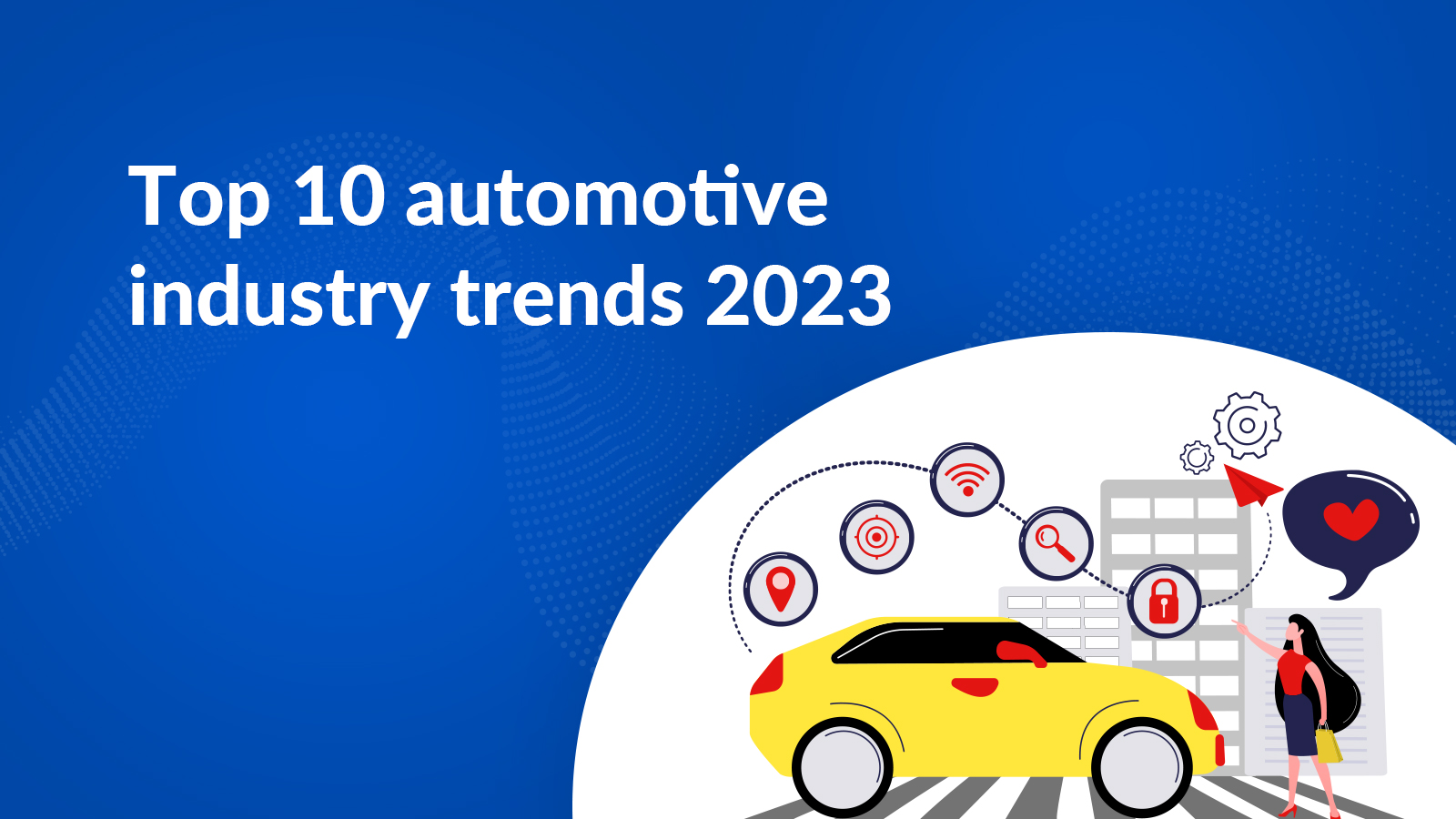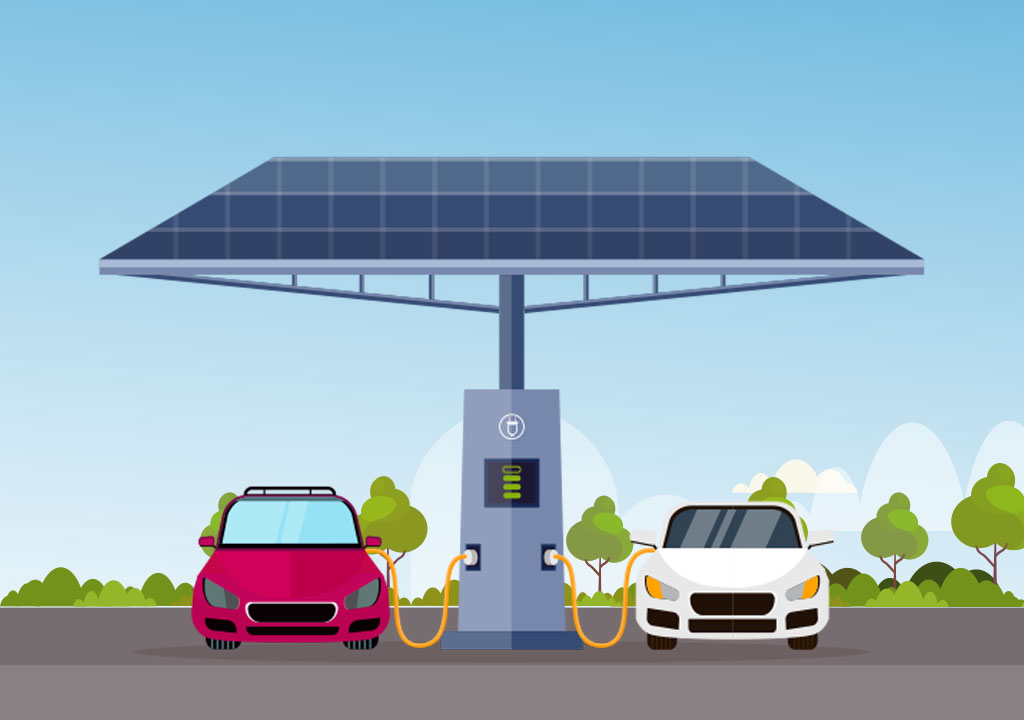Introduction
The automotive industry has always been a symbol of innovation and progress, and in the coming years, it is set to embark on a transformative journey like never before. With technological advancements, evolving consumer preferences, and a growing focus on sustainability, the automotive landscape is evolving rapidly. In this blog, we will delve into the most significant automotive industry trends that we can expect to witness in the coming years.
- Electric Vehicles (EVs) Take Center Stage
The transition to electric vehicles has been gaining momentum over the past few years, and it shows no signs of slowing down. Electric cars offer numerous advantages, including reduced emissions, lower operating costs, and quieter rides. With advancements in battery technology and increased charging infrastructure, electric vehicles are becoming more accessible and practical for consumers.
- Autonomous Driving Becomes a Reality
Self-driving cars have been a topic of fascination for decades, and the future is finally catching up to this sci-fi dream. Companies like Tesla, Google’s Waymo, and traditional automakers are investing heavily in autonomous driving technology. As these systems become more sophisticated and safer, we can expect to see an increasing number of autonomous vehicles on our roads, promising safer and more efficient transportation.
- Sustainable and Eco-Friendly Initiatives
The automotive industry is also making significant strides towards sustainability and eco-friendliness. Manufacturers are working on reducing the environmental impact of their vehicles by developing more fuel-efficient engines, using recycled materials, and exploring alternative energy sources. This trend aligns with the global push for greener solutions to combat climate change.
- Connectivity and the Internet of Things (IoT)
The integration of technology into vehicles is another major trend shaping the automotive industry’s future. Connectivity features like in-car entertainment systems, advanced navigation, and real-time vehicle diagnostics are becoming commonplace. Furthermore, the Internet of Things (IoT) is allowing vehicles to communicate with each other and with infrastructure, enhancing safety and convenience on the road.
- Mobility as a Service (MaaS)
The concept of Mobility as a Service (MaaS) is revolutionizing how people think about transportation. Instead of owning a car, individuals can access a variety of transportation options, such as ride-sharing, bike-sharing, and public transit, through a single platform or app. This shift in mindset could reduce congestion, improve urban planning, and make transportation more efficient.
- 3D Printing and Customization
Advancements in 3D printing technology are opening up exciting possibilities for the automotive industry. This trend allows for more cost-effective and customizable manufacturing processes, enabling consumers to personalize their vehicles to a greater extent. From unique car designs to custom parts, 3D printing is set to change the way we approach car manufacturing and modification.
- Enhanced Safety Features
Safety has always been a top priority in the automotive industry, and this trend continues to evolve. Advanced driver-assistance systems (ADAS), such as adaptive cruise control and lane-keeping assist, are becoming standard features in many vehicles. Moreover, vehicle-to-vehicle (V2V) and vehicle-to-infrastructure (V2I) communication systems are being developed to prevent accidents and improve overall road safety.
- Subscription-Based Models
The traditional model of purchasing a vehicle is facing competition from subscription-based services. These services allow customers to pay a monthly fee for access to a vehicle, insurance, maintenance, and even upgrades. This approach offers more flexibility and could appeal to consumers who want the benefits of car ownership without the long-term commitment.
Conclusion
The automotive industry is on the verge of a revolution, driven by technology, sustainability, and changing consumer preferences. Electric vehicles, autonomous driving, sustainability initiatives, connectivity, MaaS, 3D printing, safety enhancements, and subscription-based models are the key trends that will shape the industry in the coming years.
As we look ahead, it’s clear that the automotive landscape will be vastly different from what we know today. These trends will not only transform the way we drive but also influence the broader ecosystem of transportation, impacting urban planning, energy consumption, and environmental sustainability. Buckle up; the future of the automotive industry promises an exciting ride into uncharted territory.





